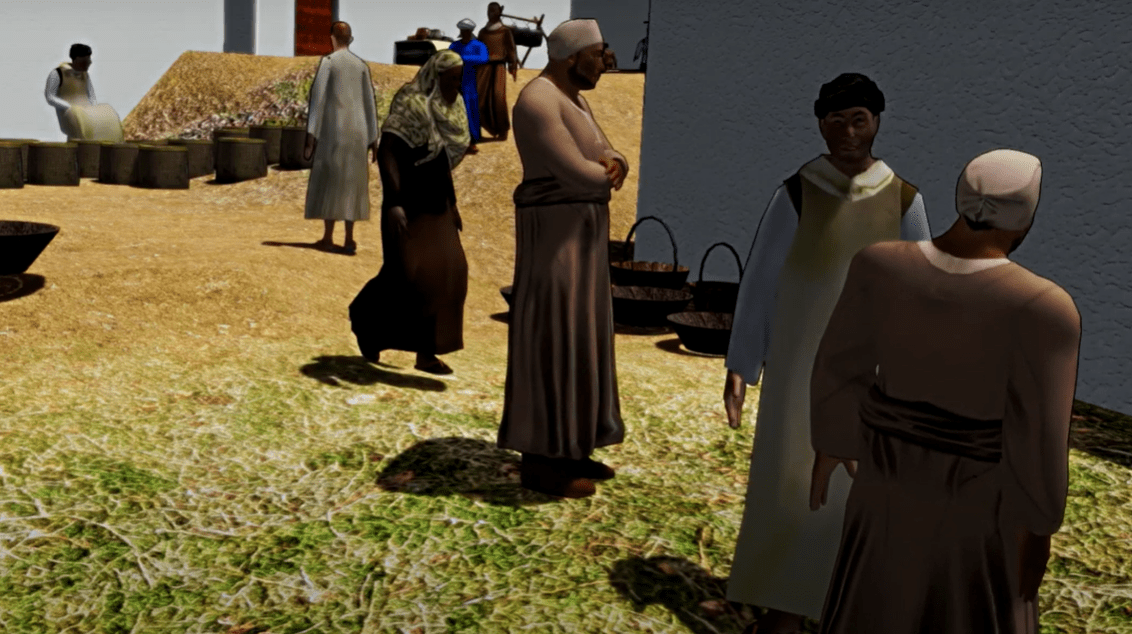The paper “Virtual simulations of ancient sites inhabited by autonomous characters: Lessons from the development of Easy-population”, co-authored by LASIGE’s integrated member Luís Correia, and Rui Filipe Antunes (CICANT), was published in the Digital Applications in Archaeology and Cultural Heritage, a top-ranked journal.
The human presence is an integrated part of villages and cities. To avoid the look of ghost-town that was prevalent in earlier historical virtual simulations of ancient sites – representing only the architectures of the urban places – simulations are progressively including also animated virtual humans. Either i) as virtual humans interacting with the audience, or ii) acting as background extras filling in the scene, the presence of virtual humans enhances artifacts, allowing richer and more informative experiences.
This paper describes Easy-Population, the authoring tool developed to simplify the process of animating such simulations with virtual populations, developed as part of the EU-funded BIHC: Bio-Inspired Human Crowds project. This tool was designed based on an Artificial Life (ALife) framework, namely in multi-agent systems where individuals appear organised in a hierarchical manner as providers and consumers of resources and energy with their motivations guided by their self-sustainability. This implements generative populations of humanoid characters with social dynamics based on ethological principles. We present and discuss the results of two surveys produced alongside an audience of field experts on the Cultural Heritage sector and the general public. The former, an active group of users who have generated populations in a virtual environment, and the later, a more passive group of end-users who tested the outcome in a VR experience – in which part of the virtual population was implemented using the tool (The simulation of medieval Silves – Xelb). These inquiries provide us with key insights helping us in understanding what future research in this field should take into consideration, in order to expand the use of autonomous populations in the field of cultural heritage as useful instruments in the creation of educational products.
It is available here.
